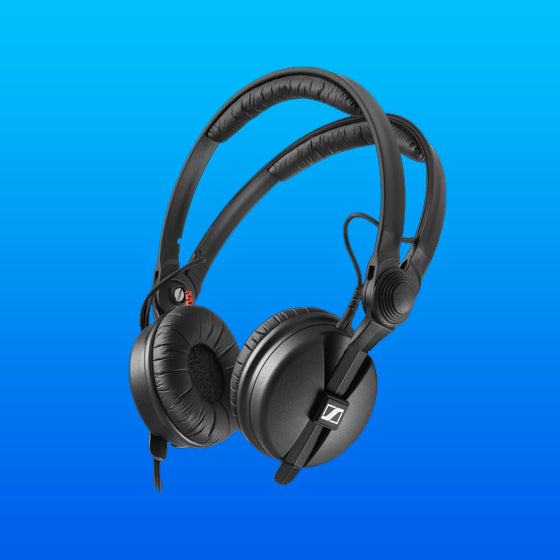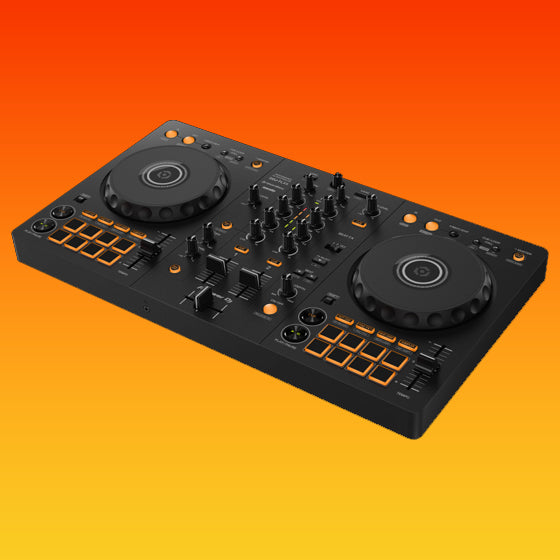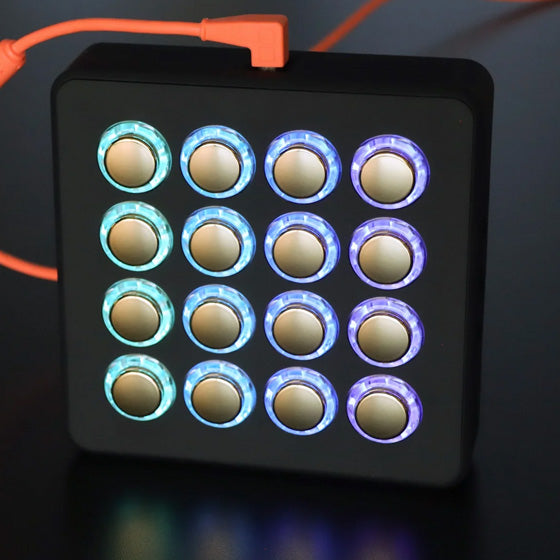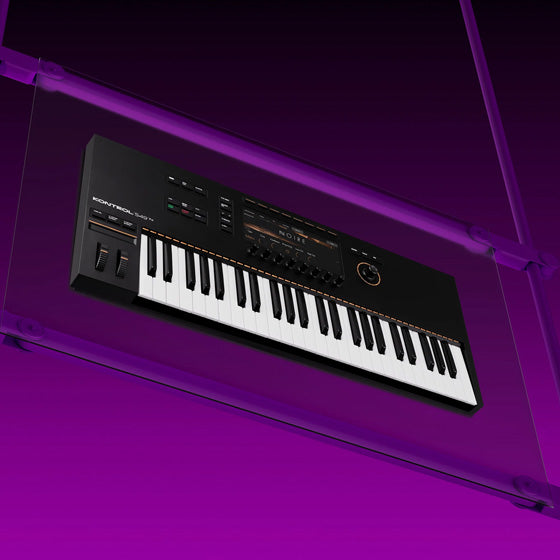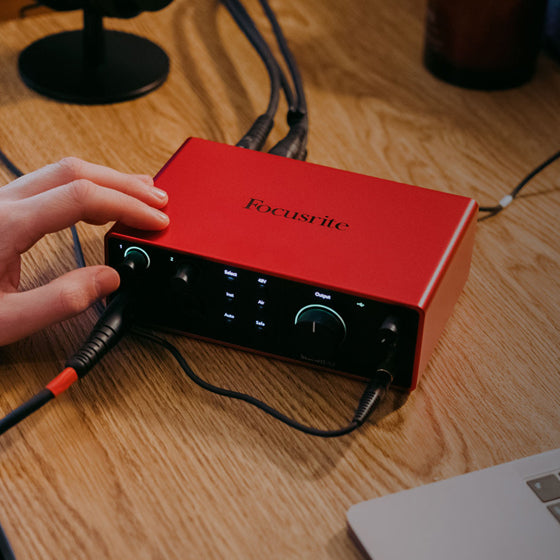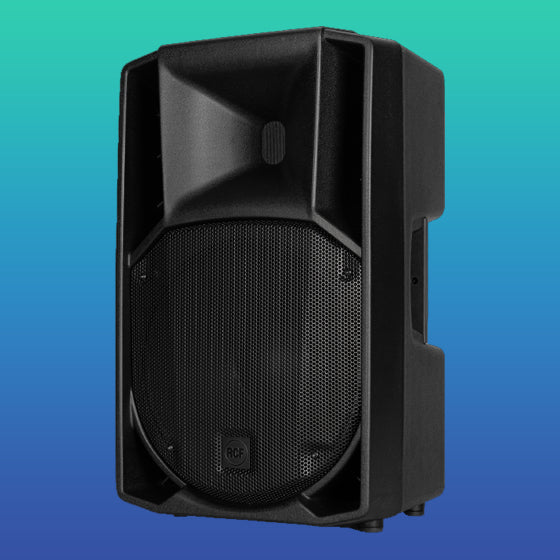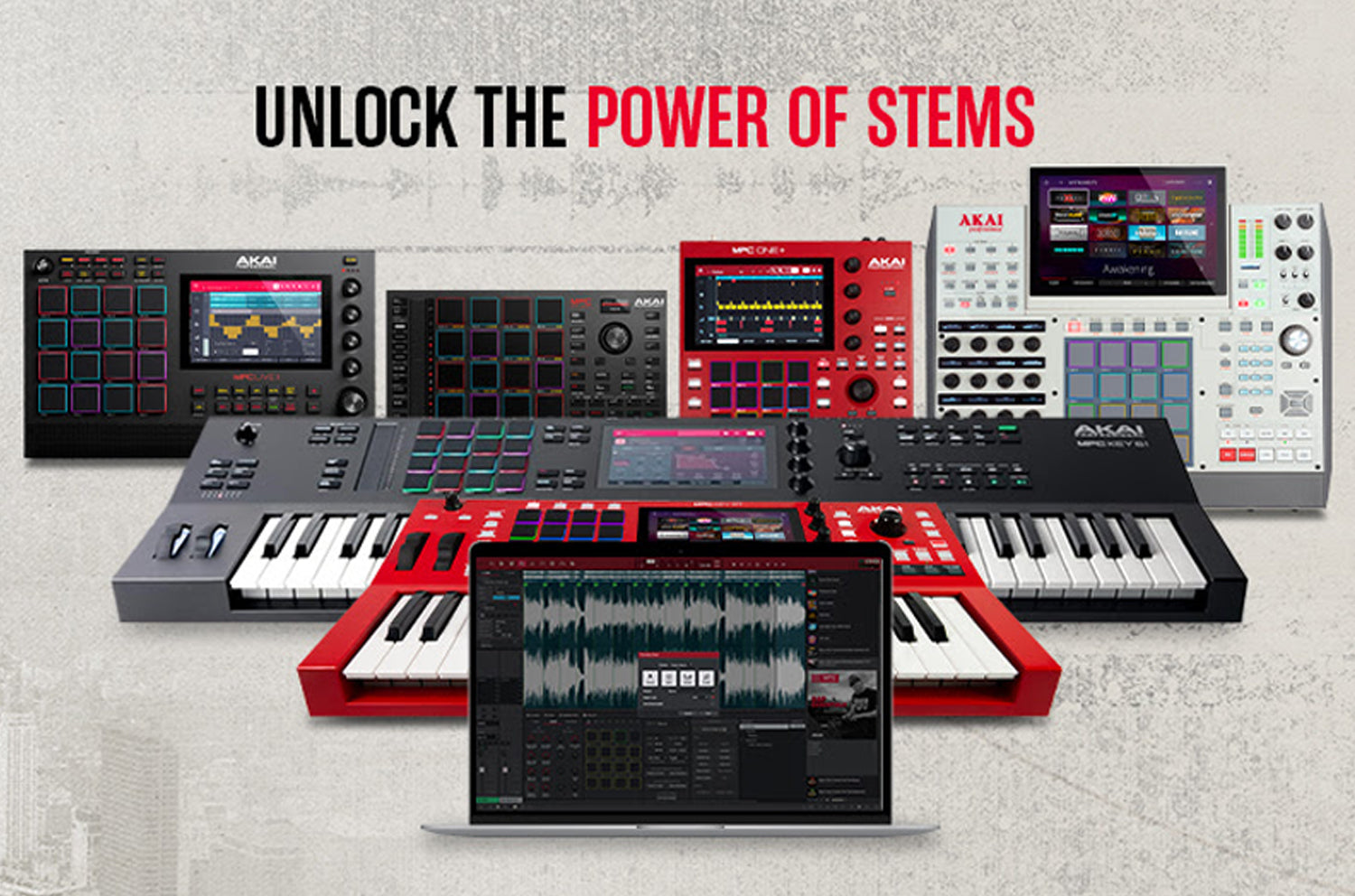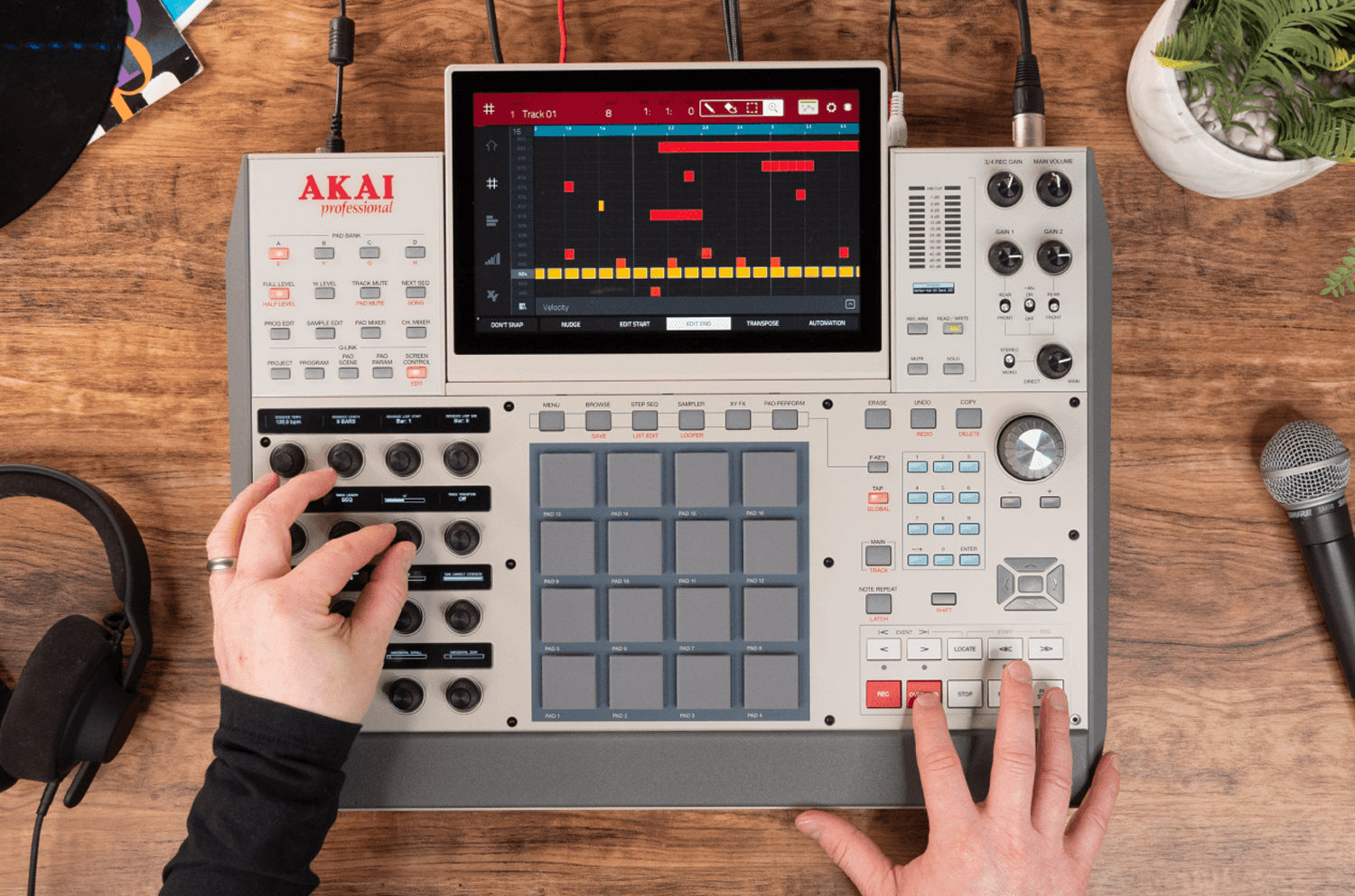In recent years, the adoption of digital media has pushed DJ technology forward in leaps and bounds. Gone are the days of lugging crates of vinyl to gigs. It is now commonplace for DJs to walk into venues carrying nothing more than a pair of headphones and a USB drive.
Many brands fought for the coveted title of industry standard media player, a position that Pioneer DJ currently holds. With the Rekordbox ecosystem, Pioneer DJ created a database management tool that makes it easy to use any of their devices. But the flagship CDJ & DJM system is a professional piece of equipment, designed and manufactured to deliver high performance for the DJ booths of the world. This makes them expensive and sadly pushes them beyond the reach of some aspiring DJs.
Standalone DJ Systems, where did it all begin?
In February of 2015, Pioneer DJ released the XDJ-RX. This all-in-one DJ system was Rekordbox compatible and, at launch, cost less than a CDJ-2000Nexus. It was an instant hit and seemingly created the standalone DJ system category all on its own. But,it wasn’t the first standalone DJ system Numark had been well ahead of the curve in trying to create such a device with products like the iDJ and iDJ2. Arguably, Stanton DJ truly created the first real standalone DJ system with the SCS-4DJ, which launched all the way back in 2011. However, none of these devices were anywhere near as professional as the XDJ-RX.
The XDJ-RX ticked the boxes for both mobile and professional club DJs alike. It was affordable (£1329 at launch) and offered playback for large libraries without the need for a computer, well aside from track analysis (more on that in a moment). It was a hugely successful product, and was replaced by the XDJ-RX2 in 2017. The new unit added a host of new features, with more pads, improved FX and mixer sections and more. The RX2 still needed a MAC or PC involved in the analysis process as the DSP processing that Pioneer DJ was using at the time didn’t have the processing power to tackle large library analysis – something that more and more DJs were crying out for.
Denon DJ, inMusic and the power of ARM.
Rewinding back to the battle for industry standard media player for a moment, one of Pioneer DJs biggest competitors was Denon DJ. Denon DJ was no slouch when it came to digital DJ innovations, they were the first to launch a CD player with instant start, Alpha-track was a unique technology and with amazing build quality they posed a serious threat in the early part of this century. Denon DJ was eventually acquired by inMusic, the home of brands which includes Akai, Alesis, Numark, Rane DJ and more.
inMusic had been busy developing a new platform based around an ARM processor system. It was the first of its kind for products within this industry and was well ahead of its time. While it showed promise when debuted in the original SC5000 players, it really came into its own when the Prime 4 was released. Boasting on board analysis for huge collections, WIFI connectivity that would unlock streaming from services such as Tidal and, most importantly, 4-channel playback from within the standalone DJ system.
Prime 4 was an instant hit with mobile DJs, especially thanks to the on-board SATA drive bay. However, despite the unit’s ability to import Rekordbox prepared cue and loop points, many Pioneer DJ users held out for a standalone four-channel unit.
The XDJ-XZ, XDJ-RX3 and DSP processors.
When the XDJ-XZ launched, the prayers of many seemed to have been answered. This 2+2 standalone DJ system offered 2 channels of standalone Rekordbox playback as well as the ability to connect either two turntables, line inputs (such as CDJs) or even use two channels of audio from the Mac or PC. But it still isn’t a true four-channel system, the DSP platform that Pioneer DJ is still using wasn’t able to deliver a DJ experience that offered four-channels of standalone playback.
As the COVID pandemic rolled in and the world shut down, the XDJ-XZ and RX2 would become some of the best-selling DJ gear on the planet. The full-size CDJ jogs and DJM-900NXS2 style mixer section of the XDJ-XZ delivered a DJ experience that was close enough to that of a DJ booth to allow users to skip over the lack of four-channel playback.
While the Prime 4 was also a popular choice for many DJs, the release of the CDJ-3000 from Pioneer DJ would bring with it an ARM based system ready for the DJ booth. The tech under the hood of the CDJ-3000 made it the most powerful media-player designed to be used in clubland, and it now posed a problem for Pioneer DJ users – when would it feature in a standalone unit?
When Pioneer DJ released the XDJ-RX3, many expected this two-channel unit to feature the ARM processor – especially as it featured a huge screen on-board. Incredibly, the RX3 is also based on a DSP system – but with the research and development team wringing every possible drop of processing power from the chipset. The XDJ-RX3 is a testament to Pioneer DJs technical prowess. The development of the RX3 even led to a firmware update for XZ users to increase the screen framerate to 30Fps.
But Pioneer DJ was still without a four-channel standalone unit, and inMusic wasn’t standing still either…
Standalone for beginners and Amazon Music.
Shortly after the Prime 4 launched, inMusic expanded the Prime range to include the Prime 2 and Prime Go. Both units were based around the ARM architecture and were also based on the Engine DJ OS. The Prime Go is a battery powered device and it hinted at just how compact the footprint could be for a standalone DJ system from inMusic.
As mentioned earlier, inMusic is also the home of Numark. While Engine DJ had originally been used exclusively for Denon DJ products, inMusic decided to create the Mixstream Pro for users who wanted the standalone DJ experience on a budget. This two channel DJ system offered the full Engine DJ OS operability and featured a pair of speakers built in. Simply adding a pair of headphones would complete the beginner DJ system and inMusic had a hit on its hands.
While Pioneer DJ had released the XDJ-RR to cater for the bedroom market, inMusic had spotted an opportunity to provide standalone playback for the masses. The SC Live 2 and 4 have been developed to unlock Amazon Music – giving exclusive access to tens of thousands of tracks to users of these devices. With built-in speakers and some serious processing power on-board, the Denon DJ line up now offered club DJ style units with up to four channels of standalone playback.
Shortly after the SC Live models arrived, inMusic updated the Mixstream Pro to the Plus model. This added new features including Amazon Music, further improving the offering for beginner DJs.
Finally, the Opus-Quad and four-channel standalone.
On March 7th 2023, Pioneer DJ unveiled the long awaited Opus-Quad. This incredibly powerful four-channel all-in-one system is based around the latest ARM architecture and is packed with a host of new features. The striking new design styling combines with tweaks to the usual CDJ/DJM workflow to deliver a bleeding-edge DJing experience that feels both familiar and fresh in equal measure. With WIFI onboard, Bluetooth connectivity and huge processing power you’d expect the Opus-Quad to show the Prime 4 up considering its age.
But, in truth, the Prime 4 can still more than hold its own. At launch, WIFI streaming and on-board analysis are still planned for deployment in forthcoming firmware updates for the Opus-Quad. Thanks to the continued development of Engine DJ, the Prime 4 OS still has some tricks up its sleeve – including the new Sampler feature, and it can already handle streaming over WIFI as well as standalone library analysis. The recent release of the Prime 4+ has added Amazon Music and Denon DJ has hinted at the development of STEMS for standalone - the future is bright for DJs as the battle heats up to create the ultimate all-in-one DJ system.
The recent release of the Omnis-Duo from AlphaTheta hints that streaming could be just around the corner for the Pioneer DJ/AlphaTheta standalone units. There's no confirmed date as yet - but the WIFI capabilities of the latest kit from the industry leader is a clear statement of intent.
So, given all of this, which is the right standalone unit for you? With the various options available, we decided to make it easy to compare the available standalone DJ systems at a glance. If you’re still unsure which system is right for your needs, drop us a line using live chat, give us a call on 020 8208 6988 or pop in to either of our stores for a demo and free, impartial advice to help you make the right choice.

